
The Centers for Disease Control and Prevention have launched a new website to educate consumers about healthy hygiene habits with new tools and resources.
Topics highlighted on this website include:
- How to clean and disinfect your home.
- The importance of healthy infant hygiene practices.
- Practical tips on healthy hygiene habits.
- Hygiene practices when around animals.
- Resources for public health and medical professionals.
There is a bi-lingual web-based training for K-12 personnel in schools and child care about clean hands and spaces.
Education can be enhanced with the latest statistics about hygiene services and personal hygiene. Educational materials are available in many formats such as fact sheets, posters, podcasts, and videos.
Learn more at www.cdc.gov/hygiene/index.html.
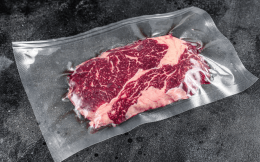

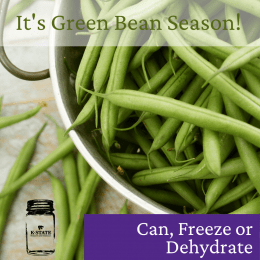 The short answer is…no. Here’s why.
The short answer is…no. Here’s why.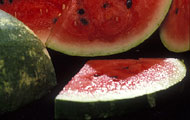
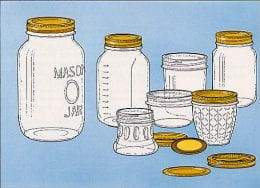
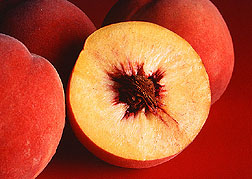 Yellow peaches are a favorite to preserve in many ways. Besides just canning peaches, they can be frozen and dehydrated. But there are many other tasty peach treats! Try these:
Yellow peaches are a favorite to preserve in many ways. Besides just canning peaches, they can be frozen and dehydrated. But there are many other tasty peach treats! Try these: